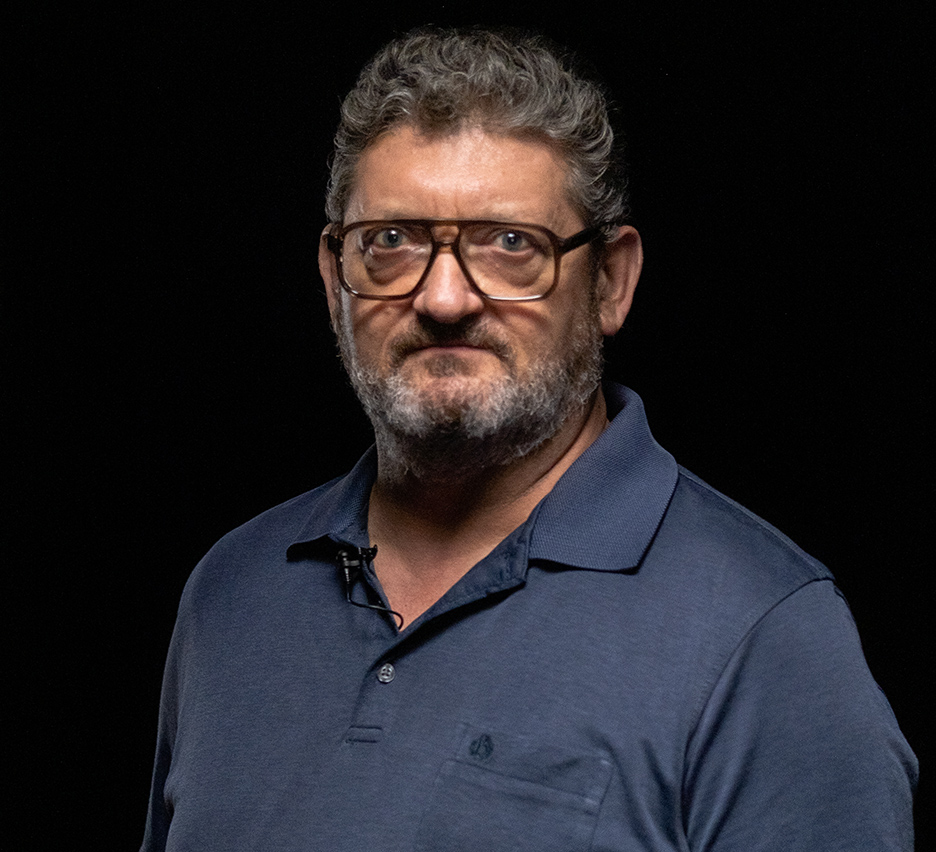Jan: “I thought I was the only one who couldn’t find my medical data, but the opposite turned out to be true.”
The reason why Jan Vekemans, the “Founding Father” of 1Patient1Record4Belgium, started the movement is closely linked to his own story as a patient. About 3.5 years ago, he was diagnosed with cancer. As he wanted a second opinion, he had to find his medical records. Or at least he tried…
Not a centralized location
After the diagnosis, Jan wanted to be sure if it was true that he had cancer and asked for a second opinion. When he went to get his data, things went wrong. He had to go to different hospitals to retrieve parts of his file. In fact, he even had to ask his 80-year-old mother exactly which hospitals he had been to, simply because the data was not readily available and accessible.
Eventually, Jan gathered his medical information by requesting it from 4 different places. And don’t think that all the data was available in digital form. He received his documents in paper format but only from a few places. In other words: a huge amount of data is collected in Belgium, but the collected data is stored. So good stored that it’s hard to find them…
Not an exceptional case
The impossibility of finding – or rather the unavailability – of all his medical data seemed at first to be an exceptional case. But after some research the opposite turned out to be true, for many people also getting their medical data is a daunting task. And this while this information should always be visible everywhere.

How can you properly help a patient if you can’t access the data?
Jan Vekemans
After Jan started talking to Gabry Kuijten, initiator and coordinator of My Cancer Navigator, it became increasingly clear where things were wrong. This has also been proven through testimonials and experience with the 1Patient1Record4Belgium community, which now consists of thousands of people.
The conclusion? In fact, nothing happens. The systems are there. The data is there. However, access to this data is very difficult. The solution is not to store a folder containing all the data but facilitating access to a patient’s data must be the priority. And this where and when the patient needs it.
Visible anytime, anywhere
You should always look where and when what data is needed. Then this information must be available. You might actually decide that you should have the data accessible at the patient’s location. The data must follow the patient. The latter must be able to regulate access to this data so that a doctor who needs it can consult it. Or so that when a clinical trial is going on when the patient feels it is worth allowing the data, it will be shared.
Conversely, some reports are also in Dutch, so they cannot be read (correctly). It takes political courage, internal IT departments at hospitals (and others) and tech companies as well to monitor that things are done right. In the end, it is only by taking small steps, step by step that we will be able to solve this problem. Let’s do something about it. Together.
1Patient1Record4Belgium is niet mijn movement, maar dat van ons. Laten we er samen voor zorgen dat wij toegang krijgen tot onze gegevens.
Jan Vekemans
Join the movement.




Leave a Reply